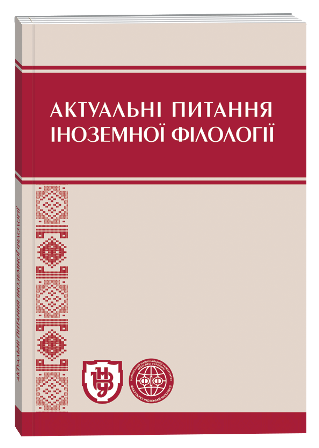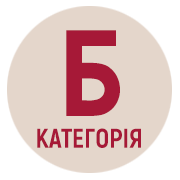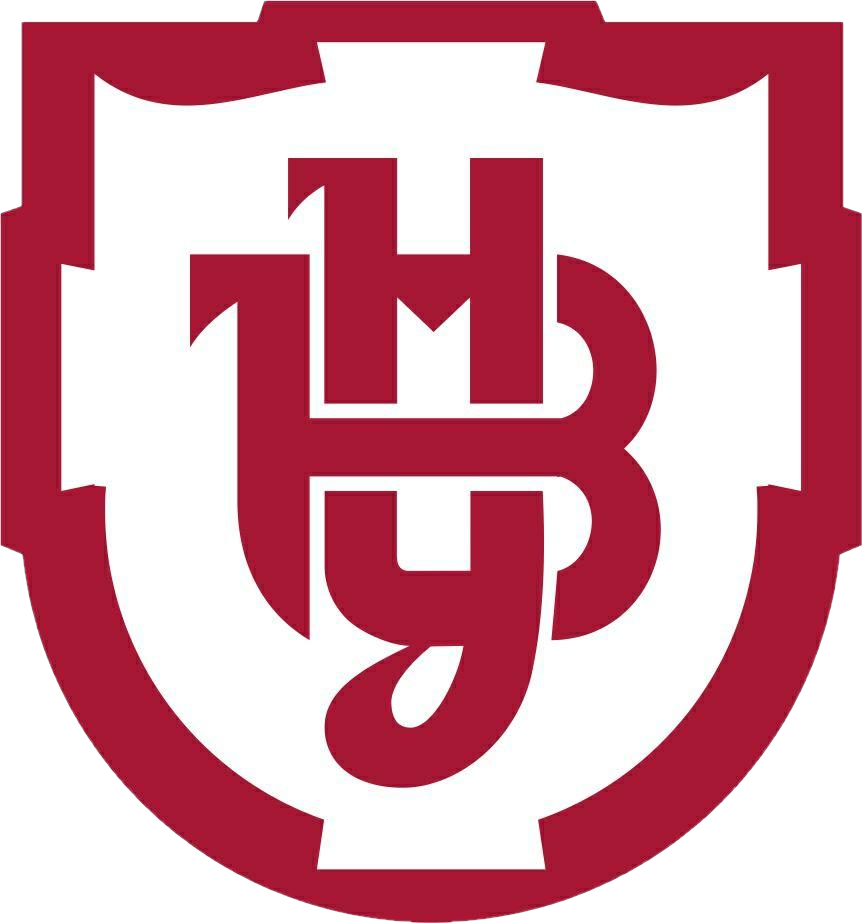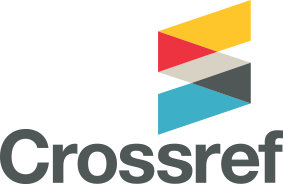SOCIOLECTS OF YOUTH AND ITS LINGUISTIC FEATURES
Keywords:
sociolinguistics, social dialect, sociolect, youth sociolect, slang, argot, jargonAbstract
The article is devoted to the consideration of the youth sociolect and the identification of its linguistic peculiarities. The article reviews the notion of a sociological issue as such. Different visions of a sociolect from domestic and foreign scholars was analyzed. It has been found out that the sociolect is considered in direct connection with its carriers, the level of their culture, spiritual values, convictions, age, etc. Different approaches to the classification and division of sociolects are considered, particularly the classification by L. Stavyts'ka and V.D. Bondaletov. The youth sociolects are defined as special, typical for the youth environment, standard of the national language, based on the common system for phonetic, grammatical and lexical means for all the styles. It is determined that the key linguistic characteristics of the youth socialect are the use of slang, not only youth but also professional, as well as borrowings from both foreign languages and from related sociolects, in particular with argo. It was found also that the most typical means of supplement the lexicon of youth sociolects are transferring the meaning of the name on the form and quality of an object (in the case of similarity of two inanimate objects), as well as revising the subject and transferring its qualities on people. The other word-formation means, typical for the youth sociolects are absolute and partial reduplication; affixing, especially using the intensity prefixes; encoding with the use of syllables, letters and numbers; truncation of the initial or final parts of the word; abbreviation. At the end of the article the prospects for further studies of youth sociolects as a medium of development and channels of distribution of new in the national language are outlined.
References
Aleksandrova, Olha. 2014. “Molodizhnyi sotsiolekt yak linhvistychnyi fenomen”. Naukovyi visnyk PNPU im. Ushynskoho. Linhvistychni nauky 19: 3–10.
Jannis K. Androutsopoulos, Arno Scholz. 1998. Jugendsprache – langue des jeunes – youth language. Frankfurt. https://jannisandroutsopoulos.files.wordpress.com/2010/01/hsk-sociolinguistics-research-on-youthlanguage.pdf.
Kopytina, Nataliia. “Molodiozhnyi sotsiolekt kak odna iz form sushchestvovaniia frantsuzskoho yazyka”. Nauchnyie vedomosty BelHU. Seriia: Humanitarnyie nauki 12(107): 123–130. https://cyberleninka.ru/article/n/molodyozhnyy-sotsiolekt-kak-odna-iz-form-suschestvovaniya-frantsuzskogo-yazyka.
Kopytina, Nataliia. Linhvisticheskiie osobennosti sovremennoho frantsuzskoho molodezhnoho sociolekta. http://scjournal.ru/articles/issn_1997-2911_2011_3_22.pdf.
Lipatov, Alexandr. 2010. Sleng kak problema sociolektiki. Moskva.
Matsiuk, Halyna. 2012. “Sotsiolinhvistyka yak intehratsiinyi napriam doslidzhen v umovakh suchasnoi paradyhmy: mizhnarodnyi dosvid y ukrainska perspektyva”. Naukovi zapysky NaUKMA. Filolohichni nauky 137:28–34. http://ekmair.ukma.edu.ua/handle/123456789/1934
Stavytska, Lesia. 2005 Argo, zharhon, slenh. Kyiv.
Trudgill, Peter. 2000. Sociolinguistics: an introduction to language and society. Fourth edition. London: Penguin Books.







